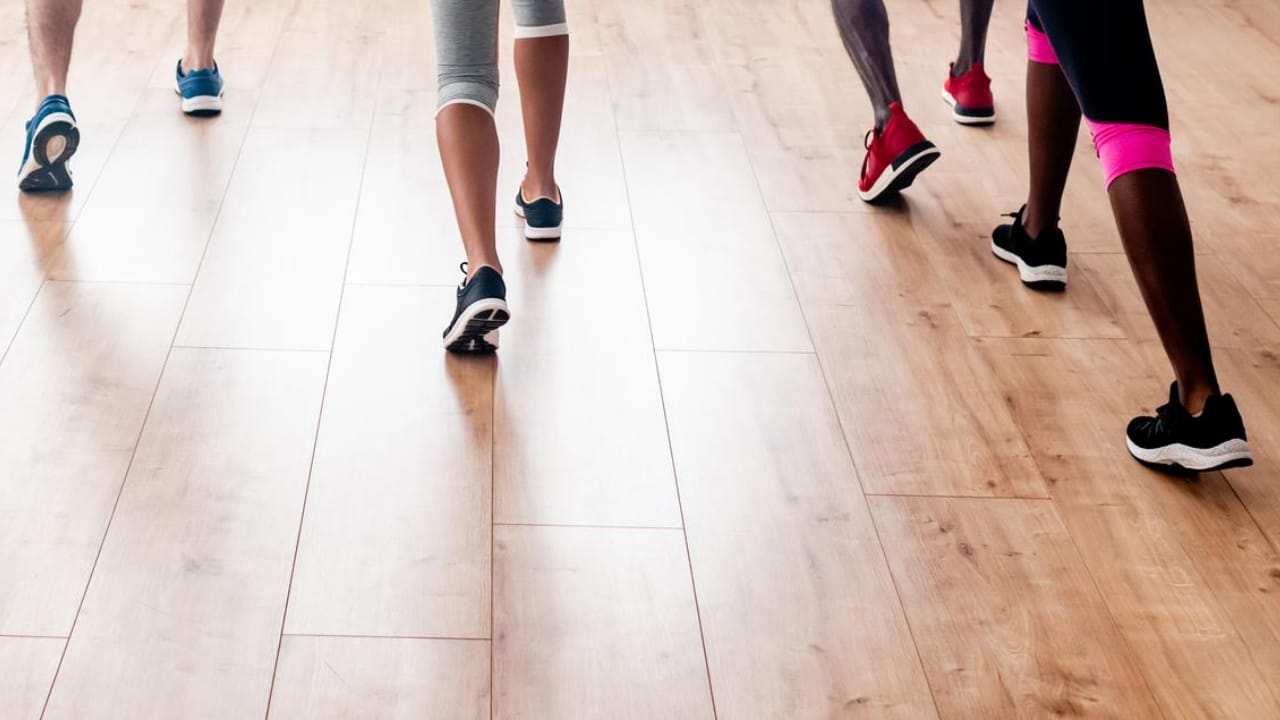hip hop dance classes
dance schools North Beach

Dancing Explained's original text was unclear and did not include detailed steps descriptions. You may find point maps, or tracings accompanying a written description. But these would be insufficient information to recreate the dance. So, numbers were added to the steps. The notational evolution of dances began with the publication of Louis-Guillaume Pecour's Ballets in 1704. These works were a great help to Weaver as he prepared his Dancing Treatise.
Ballet is difficult and strenuous. Professional ballet dancing can take up to 30 year. The work is rewarding, but can cause serious injury. A dancer must be healthy and fit.
You can learn the basic principles of ballet, whether you're a beginner or an experienced dancer. First of all, if you're considering learning ballet, it's vital that you know how to hold your arms and feet properly. It is also important that you know how to hold your hands in different positions so you can maintain your balance and elegance during performances. Ballet has three major movements. It is important to learn these moves and then practice until you are proficient.
hip hop dance classes